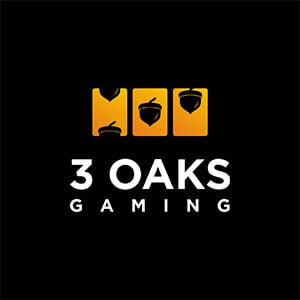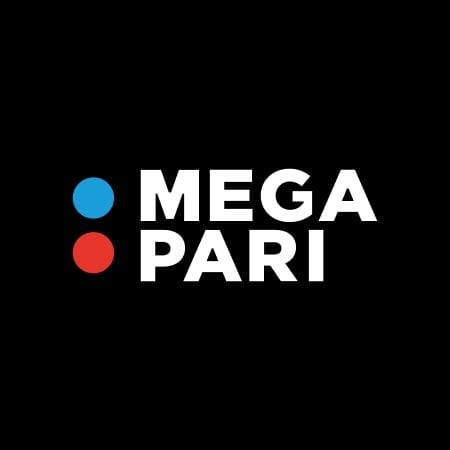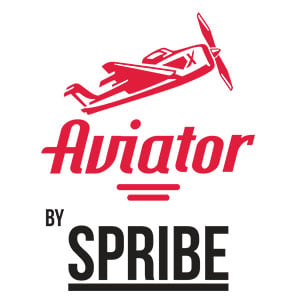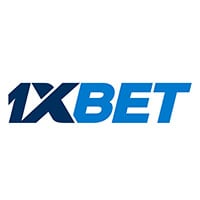he employees you want to recruit are increasingly determined to research your company’s ethos online, so make sure you’re putting the right message out there says Corey Padveen
Corporate culture is a term that gets thrown around quite a bit. The extent of the definition and the areas affected by said definition vary from one corporation to the next, but the overall idea remains largely the same. It is a system of behaviours and beliefs (often implied as opposed to expressly stated) that dictate how the employees of an organisation interact with one another and how outside business is conducted. Regardless of its scope, it’s an important facet that high-calibre prospective employees – Millennials in particular – consider when researching employers.
A study conducted by Hill & Knowlton found that 96% of MBA students considered a brand’s reputation and culture a major factor when evaluating a potential employer. What’s more, according to Accenture 64% of Millennials use social media to research an organisation before applying for a job, so it is no wonder that in the last five years the use of professional social networks to acquire top talent has increased by 73% (LinkedIn). So what can you do when it comes to social media in order to develop a corporate culture that appeals to prospective employees and separates your brand from the herd?
DEFINE CORPORATE CULTURE
Before diving into social media to showcase your culture, it’s going to be important that your organisation’s leaders have a sense of what the culture is. Not every company will have a HubSpot-like slide deck with hundreds of details about what corporate culture is (if you’re not familiar with HubSpot’s cult-like environment, I suggest reading Dan Lyons’ Disrupted). But just because you haven’t spent hours carving the culture in stone, it doesn’t mean that you still can’t define it internally, so that employees have a sense of where they’re working.
One of the most important questions that you’ll want to have an answer for is whether your organisation possesses an entrepreneurial spirit, or a systemic one. What’s the difference? There is a sense of independence in an entrepreneurial culture. Your employees are trusted to reach their goals, take on self-assigned tasks and work autonomously while striving for corporate success. Yes, there is a serious risk involved (obviously). But this is an environment that has gained a lot of traction with talented employees, Millennials in particular.
A systemic approach is much more traditional, and one that larger organisations, particularly public or multinational companies have followed. Entrepreneurial cultures can be harder to maintain at scale, but that hasn’t stopped large companies like Zappos from trying. Once you’ve determined the position you want to take (and, of course, your culture can have elements of both of these) you can begin leveraging social media in order to acquire top talent.
ACTIVATE YOUR EMPLOYEES
Your employees are some of your greatest marketing assets. Each of them has a story to tell, and when you consider the fact that the majority of LinkedIn users have 500-1,000 connections, that’s a great way to share your culture. On top of that, your employees’ opinions are trusted. Every year, Edelman produces its Edelman Trust Barometer, and this year, once again, the study found that the public trusts peers and employees above corporate leaders or the organisation itself.
What does this mean? Essentially, if you want to showcase your brand and acquire the highest calibre prospects your communications strategy will have to be genuine. The most effective path that can be taken in order to achieve this is an employee activation initiative. Softwares like Percolate or Sociabble provide a platform through which to run your campaign, but you’ll want to identify the product that’s right for your needs by conducting some research.
RICH CONTENT DEVELOPMENT PROGRAMMES
Part of what you’ll want to focus on – both related to your employee advocacy programme and outside of it – is the development of rich, engaging content. Just like the term “culture”, engaging content is a phrase that is thrown around a lot. What exactly does it mean and why will it help in the acquisition of top tier talent? The content you create evokes your brand’s personality. You’ve determined whether you’re going to take on an entrepreneurial or systemic structure, and now your content will help showcase what your company is like.
On top of attracting top talent, you’ll want to retain your hires. One of the most expensive issues facing employers is employee attrition rate. Deloitte has found that brands with a strong culture and an employee engagement programme have a 31% lower turnover rate than their less evolved competitors. Consistently developing content – from videos, to rich graphics, to detailed, visual representations of information – helps facilitate these practices and both acquire and retain the industry’s best (and best fitting).
CONCLUSION
Of course, the ultimate goal is to build the most qualified, talented team possible, but not every prospect will be the right fit. Employee turnover is costly, and the more loyal your employees, the more your organisation can focus on growth. The practices outlined here will help you define and promote the culture within your organisation, and with this fostered culture, you can ensure that the prospects interested in you have a high likelihood of being great fits.
Corey Padveen is Google Ad Words certified, Google Analytics certified, a certified inbound marketer and the director of global business strategy at t2 Marketing International. He is also the primary author of the t2 Marketing blog and a contributing author to various gaming publications
Tapping top talent: Using social media to build culture
T
By Corey Padveen
Premium+ Connections
Premium Connections
Consultancy
Awards
Executive Profiles
Live! Casino & Hotel Maryland
Mohegan
Mohegan Inspire
GAN
DraftKings
Follow Us
Company profile: Growe Partners
Dominate the Sports Betting Affiliate Arena with Growe Partn...Company profile: GR8 Tech
The sportsbook provider discusses turning sportsbooks into a...Analysing sports betting data from the African Cup of Nations 2024
Sports betting supplier Betby provides Gambling Insider with...LiveScore Group: Football’s changing relationship with fans
Gambling Insider delves deeper into LiveScore’s Evolution...9 April, 2024
A new trend: Why are gaming companies going private?
9 April, 2024

































